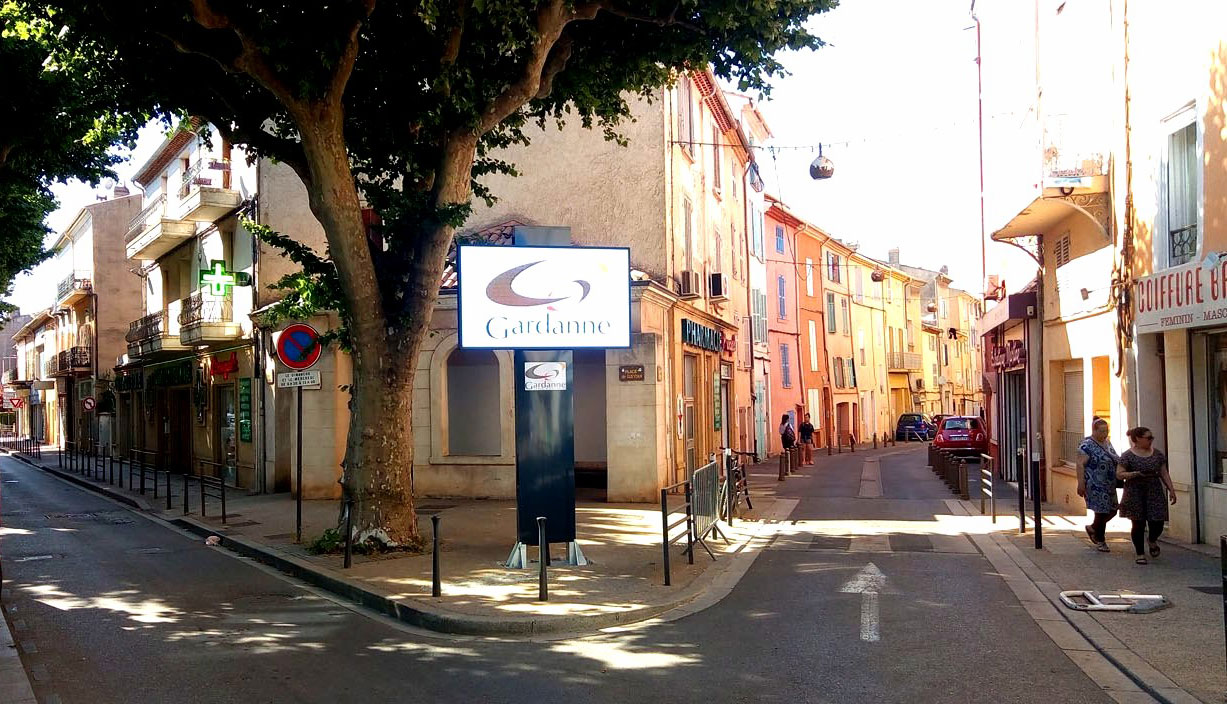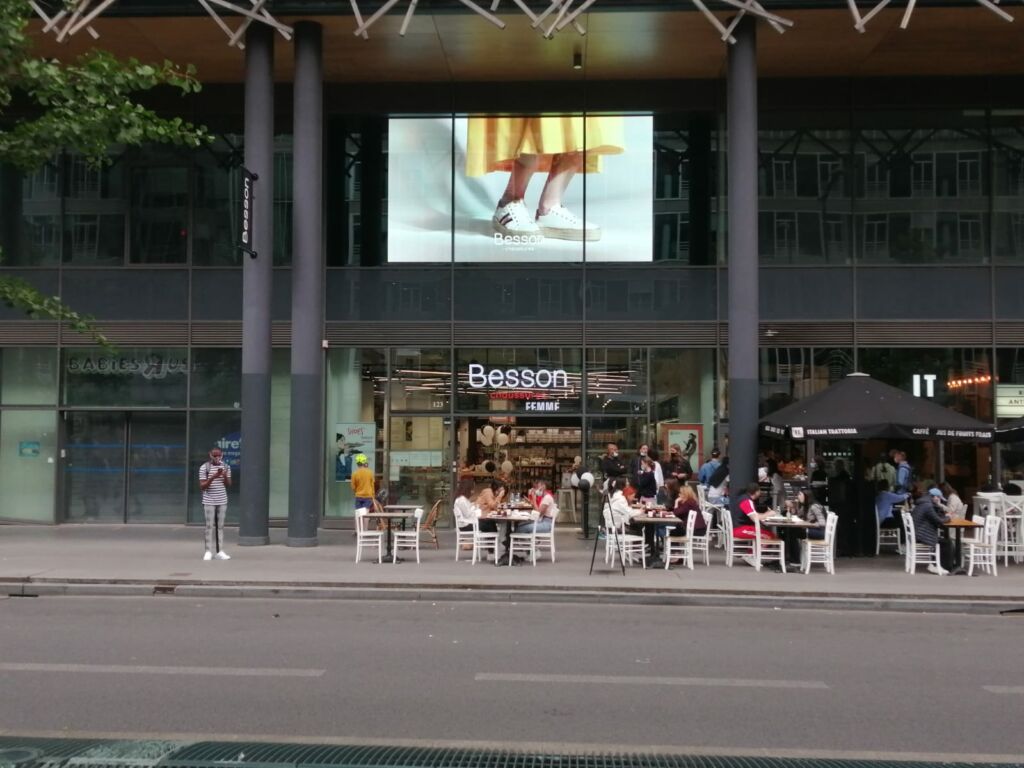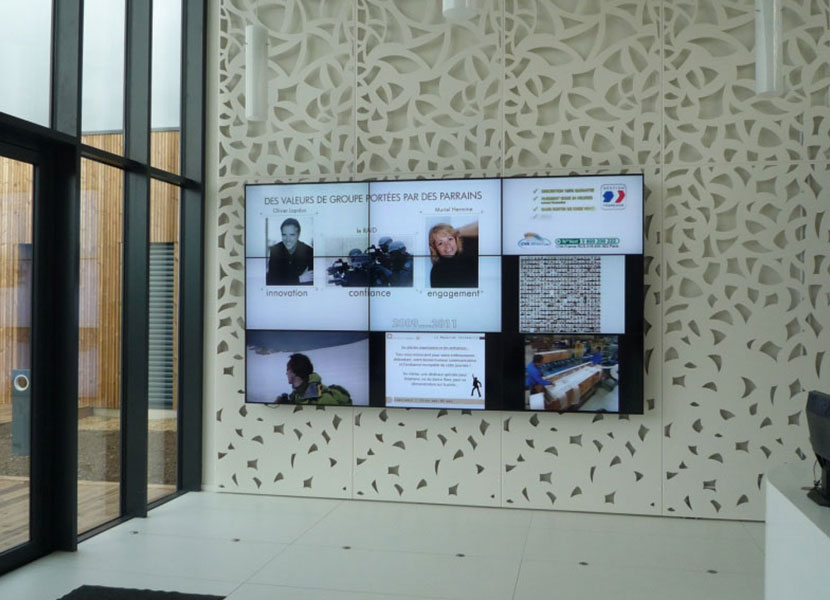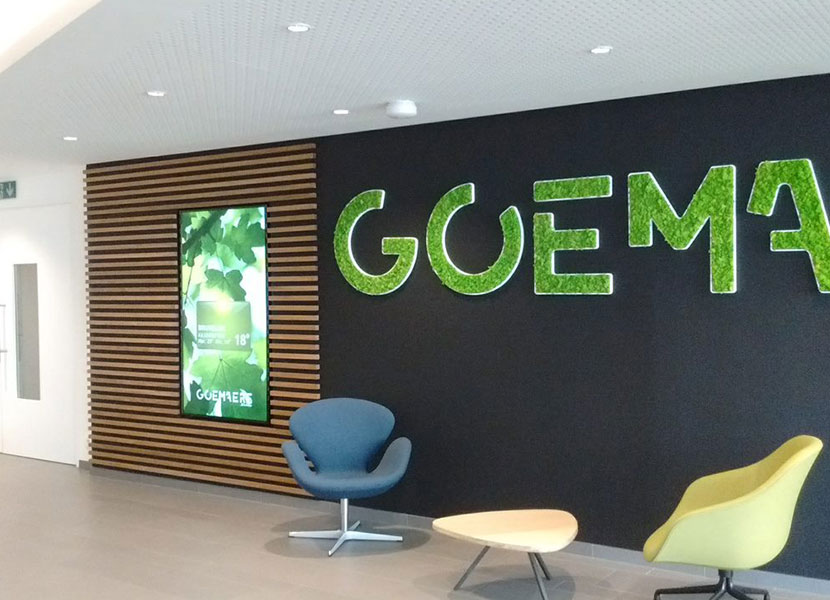Outdoor LED screen: technological innovation at the service of your advertising

Outdoor advertising very quickly took advantage of technological progress in digital technology and generated new value propositions. Outdoor LED screens are used as advertising media. Since then, businesses have reaped the benefits of video and dynamic content to convey messages to their audiences. As a result, the DOOH (Digital Out Of Home) market continues to gain in attractiveness.
As often, it takes some time before new technologies are mature enough to be used by a greater number of companies in their visual communication. Regarding outdoor displays, it is with LED technology that screens have become more widely established in the urban landscape. But this accessibility is not the only merit of outdoor LED screens. They also have technological advantages and present several virtues vis-à-vis the challenges and concerns of our time. Whether it is to seduce individuals exposed to advertising messages or to reduce the impact of digital outdoor advertising on the environment.
Discover in this article how technological innovation knows how to transform outdoor LED screens by putting them at the service of your advertising!
Whats is a LED screen ?
LED (Light-Emitting Diode) screens are innovative screens by the type of backlighting used to generate the colors. Earlier LCDs used light tubes. While it is tiny white diodes that create the colors of LED screens. And this, according to a more or less intense illumination of the red, blue and green sub-pixels. The images are created thanks to the various color variances thus produced.
But not all LED screens (or LED panels) work the same way. They are distinguished in two types of supports, categorized according to the method of implantation of the LEDs:
- When the diodes are implanted around the screen, we speak of “EDGE” screens. These are liquid crystal displays that improve image quality with better backlighting.
- When the diodes are implanted on the entire surface of the screen, we speak of “Full LED”. They can also be blue, green or red, and have the effect of improving the colorimetric rendering.
Diodes, the future of outdoor digital signage
Light-emitting diodes have thus become essential to ensure the image quality of digital display solutions. They were born from technological innovation and have become popular by effectively meeting the expectations of individuals. The latter being more and more concerned about the immersive nature of video and dynamic content.
Not only have diodes improved image resolution in LED screens (compared to light tubes in LCD screens (neon lights)). They have also made it possible to reduce their thickness and change their shape. It is now relatively easy to integrate illuminated display screens into the urban landscape. Outside on building facades or inside points of sale, in shop windows.
What will it be tomorrow? Because the race for technological innovation is far from over. On the contrary, it is constantly creating new markets, giving rise to new needs for businesses. It develops new expectations and requirements with the audiences targeted by advertising.
DOOH: a market that finds its appeal in LED screen technology
With LED technology, it is easier for businesses to display their advertisements on outdoor displays. It offered them an effective and financially affordable solution for transmitting video or dynamic content to their audiences.
Of course, dynamic displays do not replace traditional displays; they complement them and offer new possibilities in the dissemination of messages. However, this DOOH (Digital Out Of Home) market is gaining momentum, as digital content is more visible and captures audiences’ attention better with its animated nature.
It is therefore in the interest of professionals to multiply innovations in outdoor advertising. As well as betting on digital to amplify their customer relationship and to seduce their prospects.
However, LED technology offers them this possibility.
But to install outdoor LED screens for advertising purposes, companies still need to study the environment in which they plan to install their screens.
To preserve a screen over time, it is essential to be aware of the conditions to which the screens are subjected. For example, large differences in conditions are noticeable between the indoor display and the outdoor display. The second must be designed to withstand weather conditions or to withstand shocks and dust.
Beyond these technological aspects, legal constraints must also be considered when setting up advertising screens. Businesses should be aware of the regulations regarding the installation of an advertising screen.

All the advantages of outdoor LED screens
Thanks to technological innovation, LED screens offer multiple advantages. Both for advertisers and for the public exposed to advertising messages. Or even more broadly with the aim of preserving society and the environment.
OUTDOOR LED SCREENS OFFER:
High luminosity close to natural light, with high quality visual rendering and very natural reading comfort.
A wider choice of digital signage solutions, with thinner and less bulky screens. They can be installed in a greater number of places, with greater freedom in the size of the screens. And this without any loss of image quality.
A reduction in energy consumption (despite the best lighting) which, in addition to being economical, meets the objectives of preserving the environment and its resources.
A very long lifespan (approximately 100,000 hours), saving money and reducing waste from DOOH activity, again with respect for the challenges of preserving the environment.

Technological innovation does not only generate a gain in performance. It is capable of opening up new possibilities, creating new needs, transforming uses… Outdoor digital signage has been reinvented thanks to LED technology.
It makes displays perform better, easier to install, and enables businesses to deliver dynamic content that engages audiences better than traditional signage. LED technology continues to affirm the power of digital and makes advertising even more effective.
Discover our outdoor LED screens
Dans la même
catégorie

10 tips for choosing, installing and using your digital signage system

Dynamic screen – the ally of your marketing strategy
